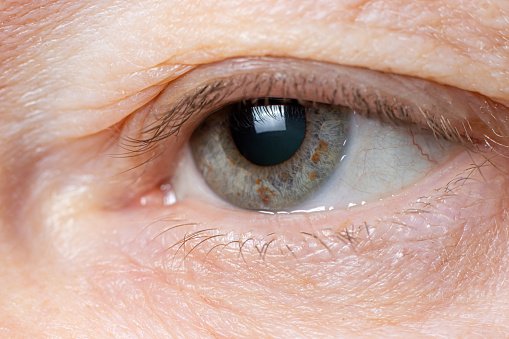Have you looked in the mirror and found that you have sleepy-looking eyes? If your upper eyelids cover the pupil or sag a little, you may have a condition known as ptosis. Droopy eyelid surgery is the best option to fix it, especially for congenital ptosis. Here is all you need to know about ptosis:
What Is Ptosis?
Ptosis, known as a drooping eyelid, affects the upper eyelid. The actual eyelid descends downward and covers the pupil more than normal. Ptosis can occur in both kids and adults.
Congenital Vs. Adult Ptosis
Ptosis in children is noticeable at birth and occurs due to poor development of an eyelid lifting muscle called the levator muscle. The condition can lead to visual impairment in children if left untreated.
A child with this condition could have delayed motor development because they must constantly tilt their head backward. Children with drooping eyelids usually have normal functioning and levels of intelligence.
In adults, ptosis occurs due to the separation of the levator muscle tendons and the lower part of the eyelids. The condition can be caused by an injury to the eye, aging, and using contact lenses for a long time. Drooping eyelids can occur after surgery to the eye, like glaucoma repair.
Neuromodulators such as Dysport, Botox, Jeuveau, and Xeomin block the neurological connection to the muscles. The medications in the injections, when placed very close to the eye, can lead to the weakening of the eyelid muscles leading to droopy eyelids.
Symptoms of Eyelid Ptosis
Droopy eyelids can occur in one or both eyes. The condition does not cause any pain, even though it can obstruct your sight.
You may need to lift your chin, arch your eyebrows or tilt your head to the back to see well. Such movements can affect your neck and head over time.
If your child has droopy eyelids, it could lead to the development of amblyopia, commonly known as the “lazy eye.” Amblyopia is characterized by poor sight in one or both eyes caused by poor development during childhood.
“Lazy eye” occurs when the lid droops too much, making things look blurry or blocking vision. The condition needs to be treated in early childhood. If left untreated for a long time, it could lead to vision loss.
How to Treat Ptosis
Use Prescription Eye Drops: You can use eye drops to lift the eyelid and stimulate the muscles for neurotoxin-induced ptosis. This condition is often temporary and may wear off with medication.
Consider Medication: Prescription medications can activate the eye muscles beneath the paralyzed levator palpebrae. The medications can hasten the reversal process.
More Neuromodulators: If the cause of ptosis is a neuromodulator, injecting more could be effective. Sometimes the best option is to inject the surrounding muscles with more neuromodulators to lift and relax the affected lid.
Eyelid Ptosis Surgery
Surgery is the best treatment for both adults with congenital ptosis. Medications are mostly prescribed for droopy eyelids due to an underlying disorder like neuromuscular disorder or myasthenia gravis.
In children, surgery for severe ptosis is done immediately to prevent vision problems and motor development. For mild ptosis, it can be delayed and treated when they reach a particular age.
Surgery for ptosis in adults involves tightening the muscle and tendon of the levator. The surgery is done under local anesthesia.
Look for the Best Droopy Eyelid Surgery Specialist
See a droopy eyelid surgery specialist for preventative eye care or early treatment to reduce the likelihood of vision loss. Consider an ophthalmologist with board certification as it shows they have the training and skills to offer the best care.
Also Read:


